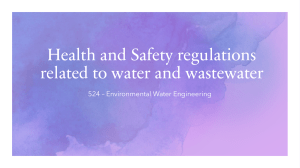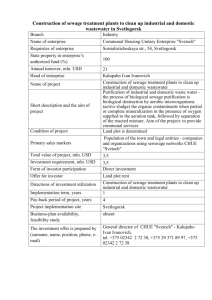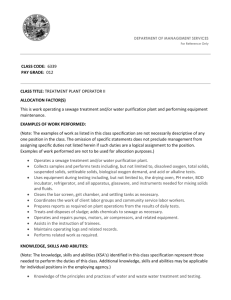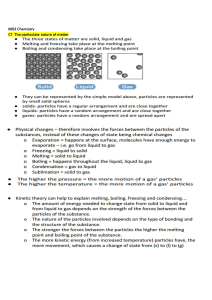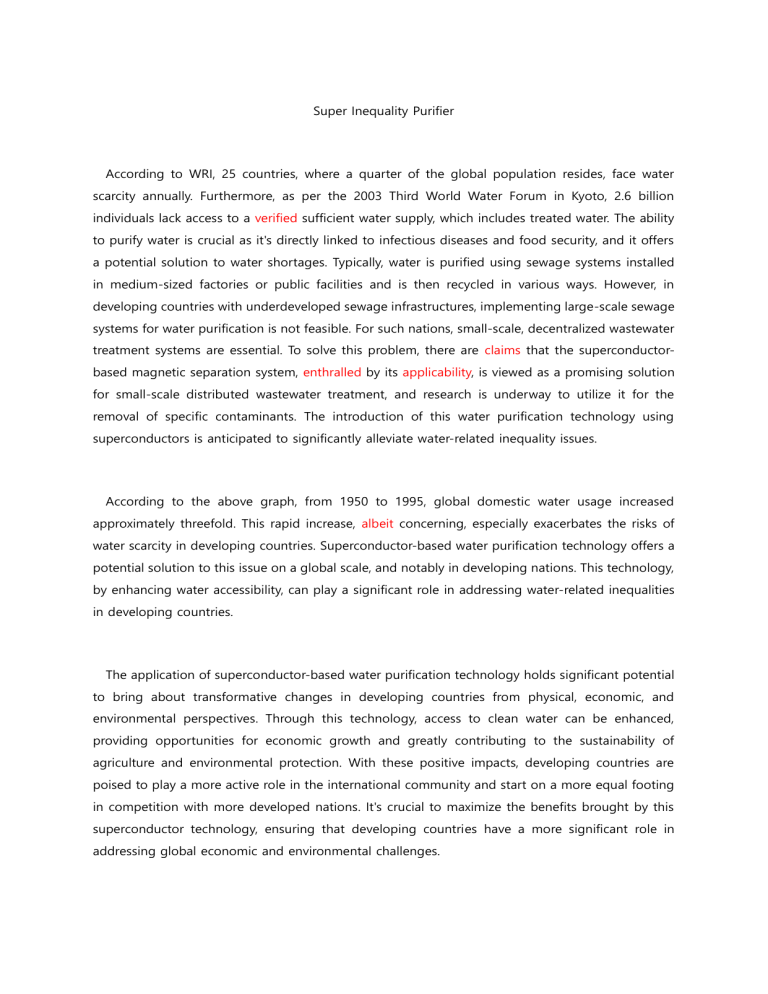
Super Inequality Purifier According to WRI, 25 countries, where a quarter of the global population resides, face water scarcity annually. Furthermore, as per the 2003 Third World Water Forum in Kyoto, 2.6 billion individuals lack access to a verified sufficient water supply, which includes treated water. The ability to purify water is crucial as it's directly linked to infectious diseases and food security, and it offers a potential solution to water shortages. Typically, water is purified using sewage systems installed in medium-sized factories or public facilities and is then recycled in various ways. However, in developing countries with underdeveloped sewage infrastructures, implementing large-scale sewage systems for water purification is not feasible. For such nations, small-scale, decentralized wastewater treatment systems are essential. To solve this problem, there are claims that the superconductorbased magnetic separation system, enthralled by its applicability, is viewed as a promising solution for small-scale distributed wastewater treatment, and research is underway to utilize it for the removal of specific contaminants. The introduction of this water purification technology using superconductors is anticipated to significantly alleviate water-related inequality issues. According to the above graph, from 1950 to 1995, global domestic water usage increased approximately threefold. This rapid increase, albeit concerning, especially exacerbates the risks of water scarcity in developing countries. Superconductor-based water purification technology offers a potential solution to this issue on a global scale, and notably in developing nations. This technology, by enhancing water accessibility, can play a significant role in addressing water-related inequalities in developing countries. The application of superconductor-based water purification technology holds significant potential to bring about transformative changes in developing countries from physical, economic, and environmental perspectives. Through this technology, access to clean water can be enhanced, providing opportunities for economic growth and greatly contributing to the sustainability of agriculture and environmental protection. With these positive impacts, developing countries are poised to play a more active role in the international community and start on a more equal footing in competition with more developed nations. It's crucial to maximize the benefits brought by this superconductor technology, ensuring that developing countries have a more significant role in addressing global economic and environmental challenges. Salehi, M. (2022). Global water shortage and potable water safety; Today’s concern and tomorrow’s crisis. Environment International, 158, 106936. Nishijima, S., Eckroad, S., Marian, A., Choi, K., Kim, W. S., Terai, M., ... & Izumi, M. (2013). Superconductivity and the environment: A roadmap. Superconductor science and technology, 26(11), 113001.
